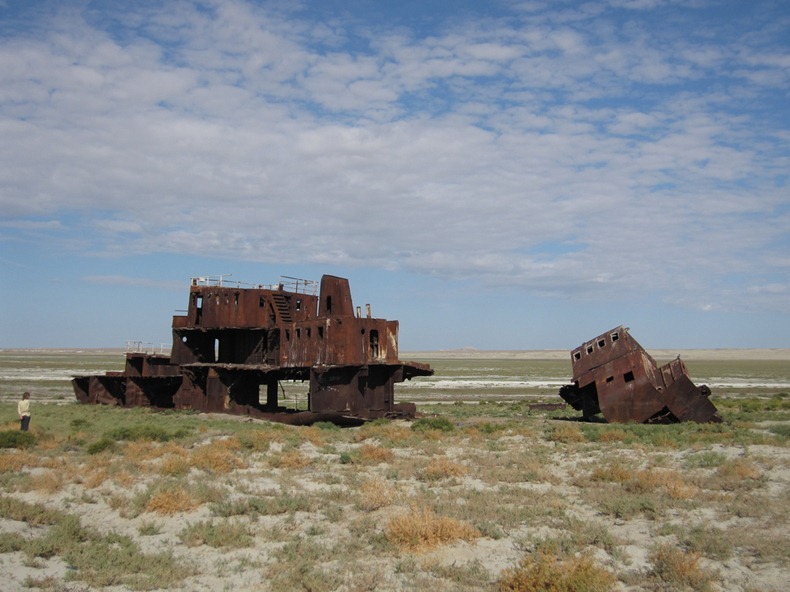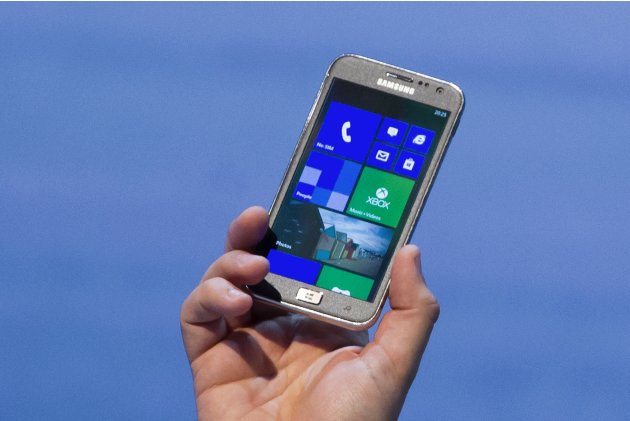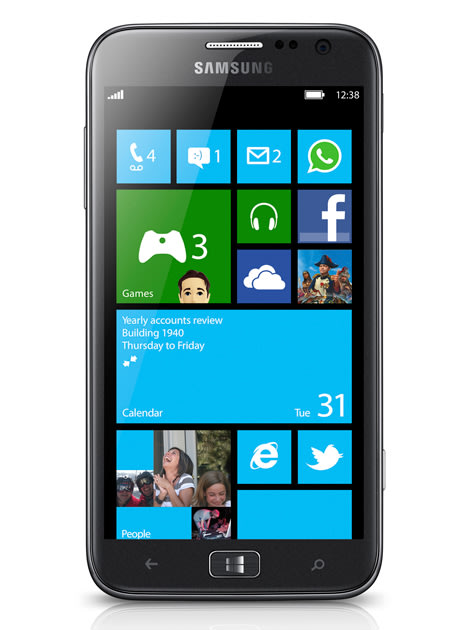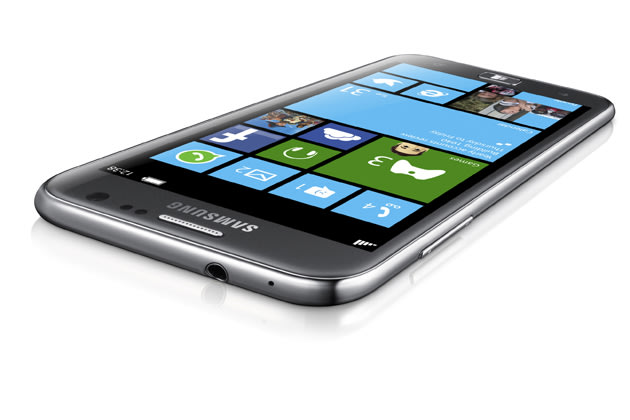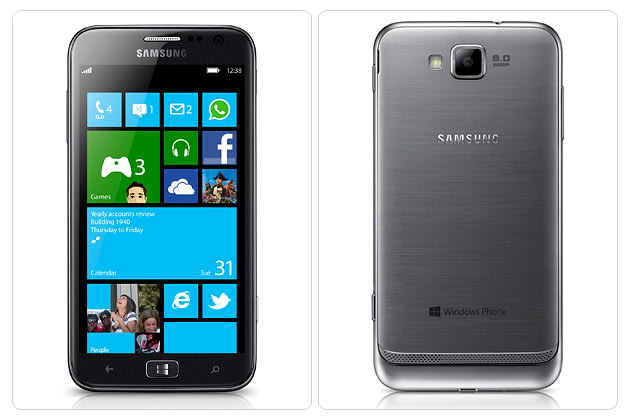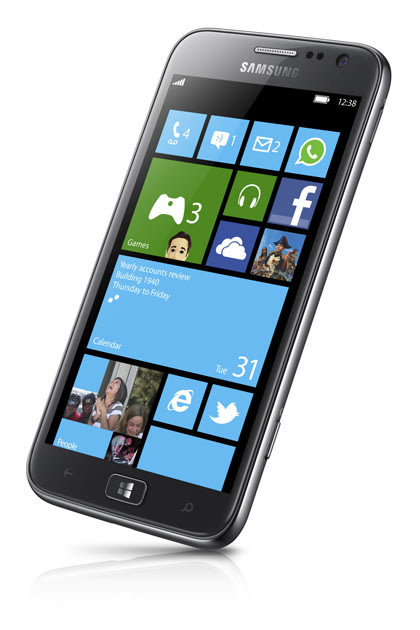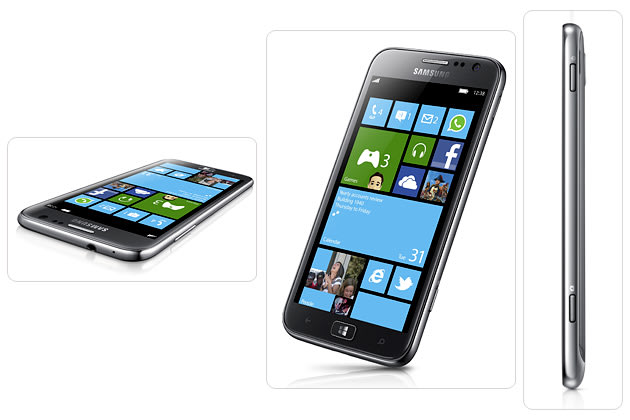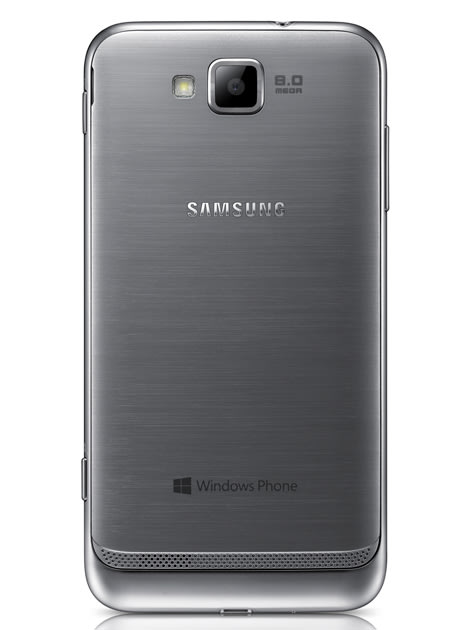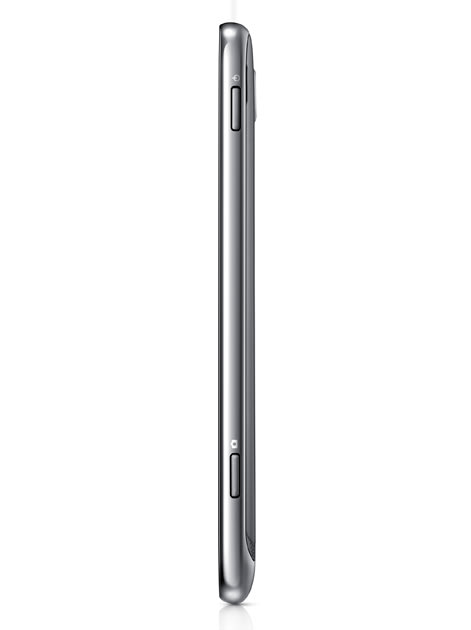Moynaq (also spelled as Muynak and Moynaq) is a city in
northern Karakalpakstan in western Uzbekistan. Half a century ago, the
city was located on the shore of the Aral Sea, a proud fishing community
and the largest port in Karakalpakstan’s. In the heydays, Muynak and
other towns on the Aral were hauling 160 tons of fish each day from its
shimmering waters. Today, Muynak is separated from the sea by more than
150 kilometers. Formerly one of the four largest lakes in the world with
an area of 68,000 square kilometres, the Aral Sea has been steadily
shrinking. Vessels that once floated in the waters now stand rusting in
the sun at the famous ship graveyard. But how did this happen?
In
the 1940s, ambitious Soviet planners embarked on a massive water
program designed to make the desert bloom. It was decided that the two
rivers that fed the Aral Sea, the Amu Darya in the south and the Syr Darya in the northeast, would be diverted to irrigate the desert, in an
attempt to grow rice, melons, cereals, and cotton. By 1960, between 20
and 60 cubic kilometres of water were going each year to the land
instead of the sea. With most of the sea's water supply gone, the Aral
Sea began to shrink. From 1961 to 1970, the Aral's sea level fell at an
average of 20 cm a year; in the 1970s, the average rate nearly tripled
to 50–60 centimetres per year, and by the 1980s it continued to drop,
now with a mean of 80–90 centimetres each year. By 2007, the Aral sea
had declined to 10% of its original size.
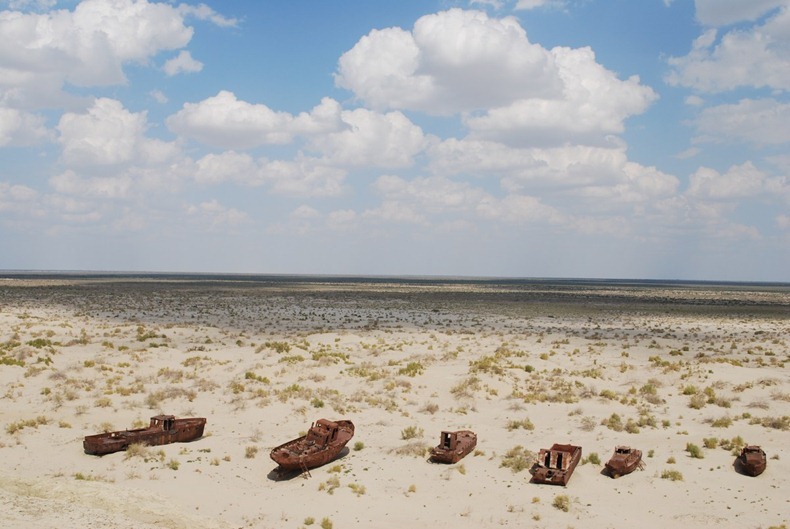
For More Details Click Below
The
Aral Sea fishing industry, which in its heyday had employed some 40,000
and reportedly produced one-sixth of the Soviet Union's entire fish
catch, was devastated, and former fishing towns along the original
shores become ship graveyards. Fishing boats lie scattered on the dry
land that was once covered by water; many have been there for 20 years.
Poisonous dust storms kicked up by strong winds across the dried and
polluted seabed give rise to a multitude of chronic and acute illnesses
among the few residents who have chosen to remain, most of them ethnic
Karakalpaks, and weather unmoderated by the sea now buffets the town
with hotter-than-normal summers and colder-than-normal winters.
When
the Aral Sea began to shoal, a 20-kilometer canal was dug. But it was
useless. The sea went even further, the graveyard of ships grew around
the city, the airport was closed, some fishermen went away, some died,
some men were engaged in trade, some - in breeding camels.
There
is an ongoing effort in Kazakhstan to save and replenish the North Aral
Sea. In 2005, the Kokaral Dam was built to control the inflow of waters
coming from the Syr Darya. Thanks to the dam the level of water has
rose by 24 meter in 2008. However, the outlook for the remnants of the
South Aral Sea remains bleak.
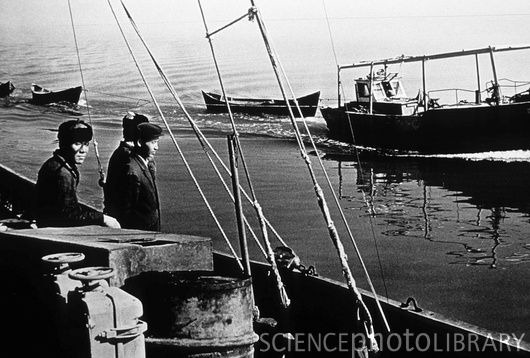
Fisherman on the Aral Sea in 1952, at the port town of Muynak, Uzbekistan. Photo credit

Aral sea in 1989 and 2008
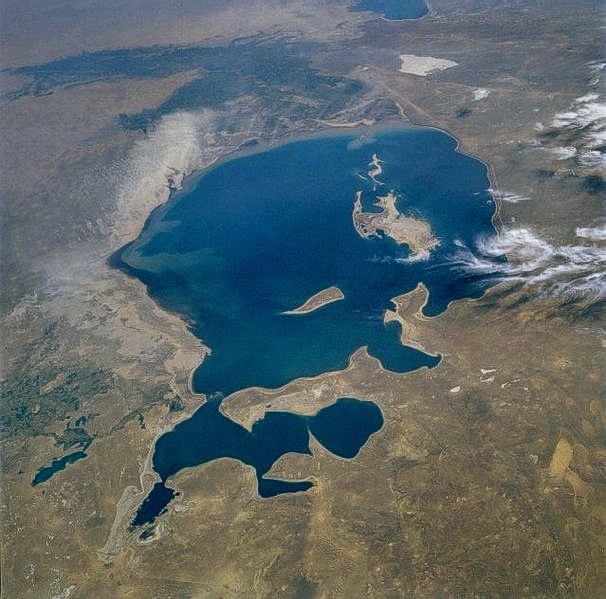
Aral Sea from space, August 1985

Aral Sea from space, 1997
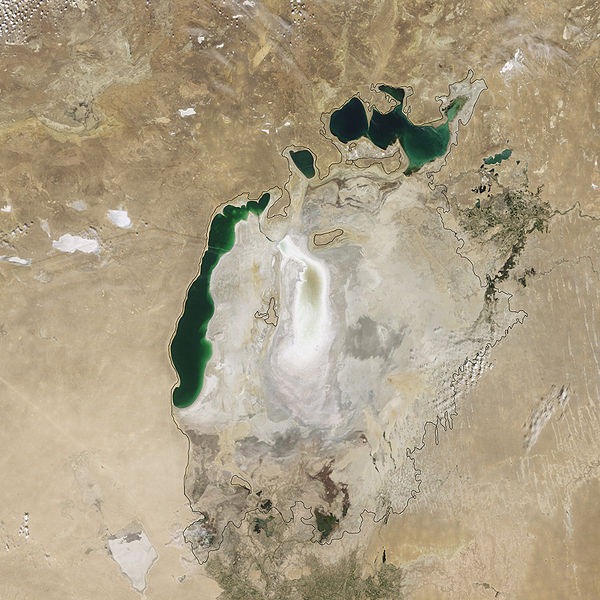
Aral Sea from space, August 2009. The black line shows the lake shore ca. 1960.
![muynak-8[4] muynak-8[4]](http://lh5.ggpht.com/-oSfxs0WiTjs/T8pbDSk92-I/AAAAAAAAYFE/uTXmbAEfaEg/muynak-8%25255B4%25255D_thumb%25255B1%25255D.gif?imgmax=800)
Animated map of the shrinking of the Aral Sea
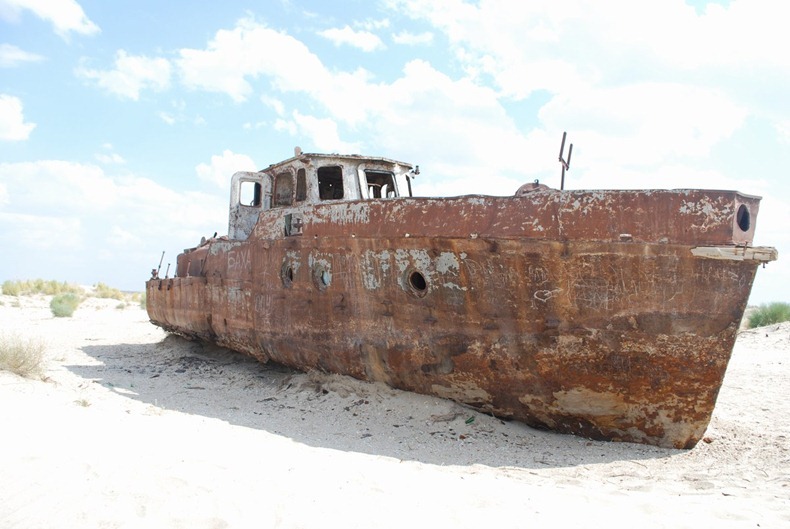
Photo credit
